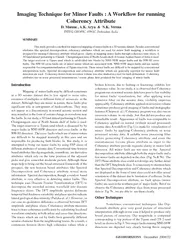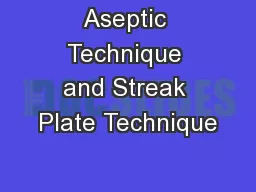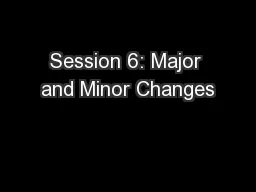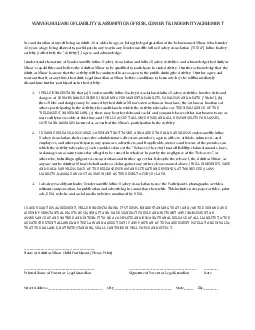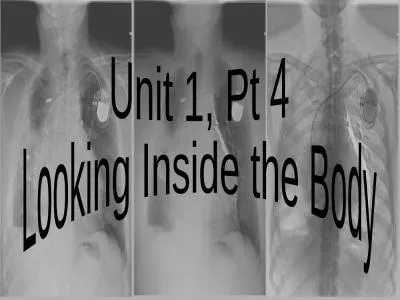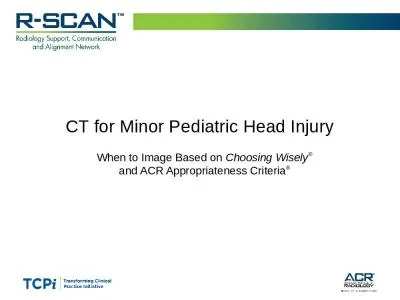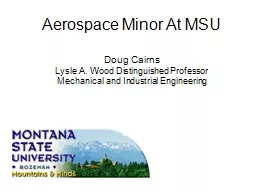PDF-GEOHORIZONS December Imaging Technique for Minor Faul
Author : lindy-dunigan | Published Date : 2015-05-17
Manna AK Arya NK Verma INTEG GEOPIC ONGC Dehradun India SUMMARY This study provides a method for improved mapping of minor faults in a 3D seismic dataset Besides
Presentation Embed Code
Download Presentation
Download Presentation The PPT/PDF document "GEOHORIZONS December Imaging Technique ..." is the property of its rightful owner. Permission is granted to download and print the materials on this website for personal, non-commercial use only, and to display it on your personal computer provided you do not modify the materials and that you retain all copyright notices contained in the materials. By downloading content from our website, you accept the terms of this agreement.
GEOHORIZONS December Imaging Technique for Minor Faul: Transcript
Download Rules Of Document
"GEOHORIZONS December Imaging Technique for Minor Faul"The content belongs to its owner. You may download and print it for personal use, without modification, and keep all copyright notices. By downloading, you agree to these terms.
Related Documents

